Tips and Tools for Equitable and Sustainable School Design
Key Points
-
Identify what you can control and go from there.
-
Design processes must be focused and scaffolded. What is the capacity of your school for change? Does this change align with your current priorities and mission?
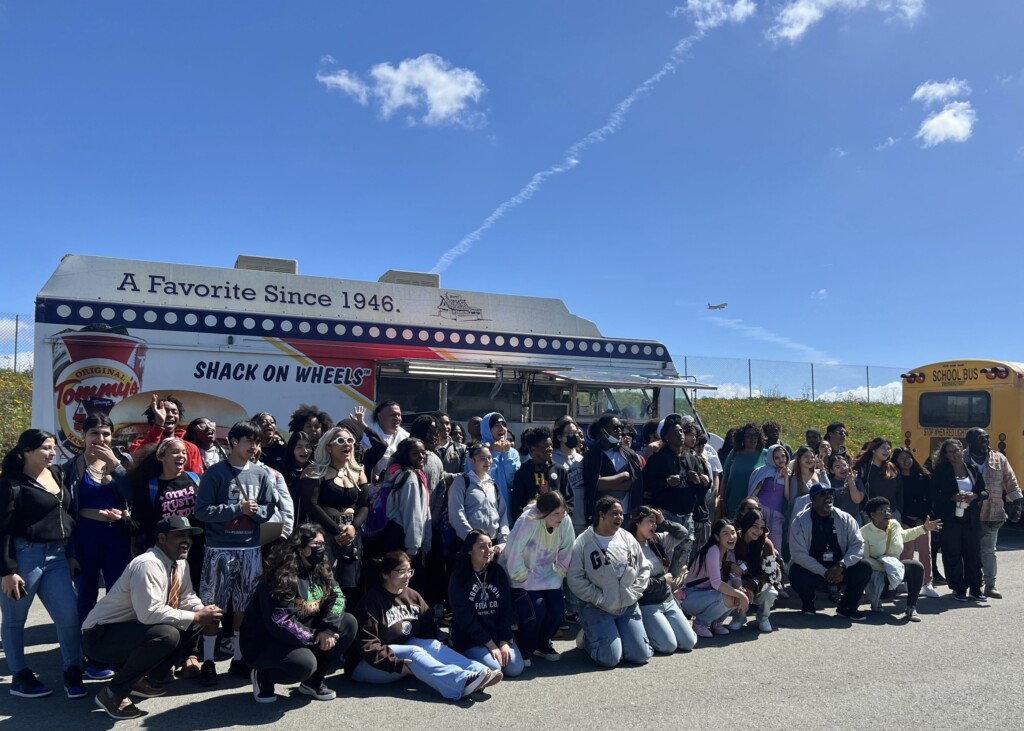
By: Erin Whalen
As school builders, how do we best minimize blindspots, respond to inequities, and create universally designed spaces that account for the diverse array of lived experiences within our schools?
By building from the margins, or redesigning in deep consideration of the most underserved, we have the opportunity to create empowering schools that use the experiences of the most at-promised youth to enhance the overall school.
The design process must be centered around the user experience. Youth must be at the table to share insights, illuminate blindspots, and critique current practices to design and revise the overall school model. Cogenerative dialogue is a useful tool for eliciting the voices of youth to drive and direct change.
Secondly, design processes must be focused and scaffolded. What is the capacity of your school for change? Does this change align with your current priorities and mission? All must be in alignment for meaningful growth to occur.
Example Design Process
- Assess the assumed need or challenge (do so without making general assumptions, but rather devise questions to ask your youth to inform your problem statement. Avoid getting attached to claims about the problem and allow the true issue to be surfaced through empathy interviews and discussions with the community)
- Survey your youth/community
- Revise your need or challenge
- Assess your school’s capacity for change
- Plan backward from the desired outcome with frequent check-ins with students on the impact these changes have on their experience in schools (focus on slow meaningful change rather than rushed changes)
While this design process is a great way to lay a foundation for starting, there are numerous pitfalls of school and system transformation. Below are a few of the most common and some guidance on how to anticipate and overcome them.
Identify the Locus of Control
A common trap of the school redesign process can be overemphasizing all of the factors that we do not control within schools. Ultimately, a huge portion of our students’ personal lives directly impacts their performance in school and overall ability to learn. Though schools and school personnel cannot control it all, it is important for us to adequately assess how we can operate as community hubs to address the most challenging issues our youth face which may lead to inequitable learning experiences. To address these factors, it is important to consider two things; advocacy and fundraising.
Spot Inequities
When building from the margins, it is common to expose inequities that are not considered by the status quo. Once this is identified it can be important to expose the inequity to local, state, and federal leaders to be considered for future policies. This can also direct funding and resources to ensure these changes have long-term sustainability.
Fundraise and Staff Accordingly
When designing schools that provide extraordinary resources (i.e. housing support,food beyond school hours, extended counseling services, etc.) or services, it is imperative to devise long-term sustainability models in tandem with designing the system. Innovative ideas are often attractive for grant funding when paired with concrete action plans, deadlines, and impact assumptions. Having someone on the team document the impact and process to later be used for grant writing can save time and effort. Codify and memorialize as you build!
Don’t Recreate The Wheel
Transcend Education’s Innovative Model Exchange is an amazing toolkit for accessing innovative and successful school models and resources. I would advise that anyone seeking to make meaningful changes to their model use this toolkit only after they have engaged with their community to unearth the root of the problem and the most meaningful level of change.
Looking to other school models prior can lead to misidentification of the needed change and ultimately adopting a system or model not tailored to your particular community. Building from the margins is all about recentering the most disenfranchised as a way of building a more encompassing model capable of equitably serving all.
Erin Whalen, is the Executive Director at Da Vinci RISE High School.
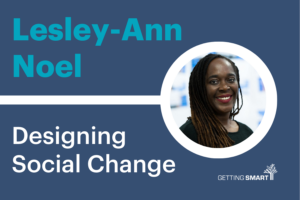
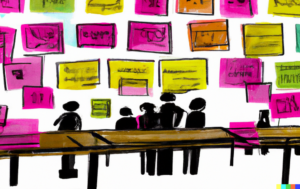
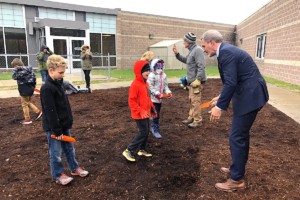
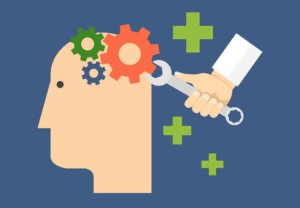
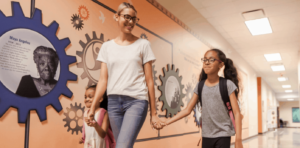
0 Comments
Leave a Comment
Your email address will not be published. All fields are required.